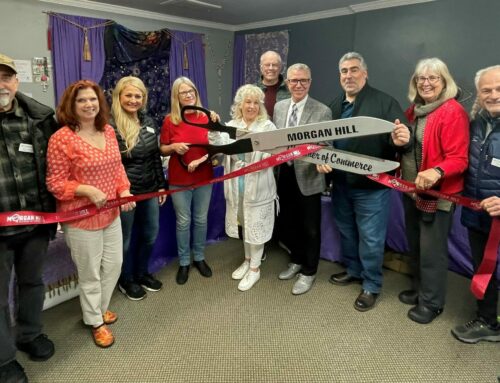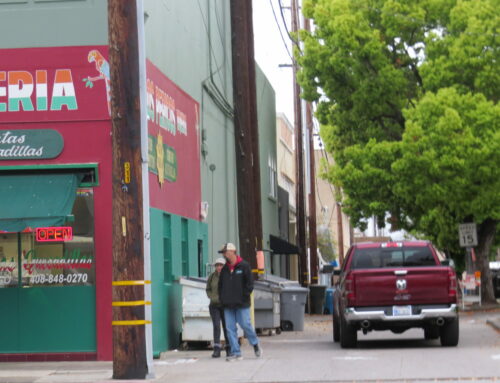Published in the June 8 – 21, 2016 issue of Morgan Hill Life
By Ken Murray

Ken Murray
Who can resist a good deal? The confluence of regulations, technology advancement and drought have come together to allow us to treat and reuse our water at our homes.
Industry experts say that about 67 percent of the water we use in our home today is turned into gray water. Gray water is the gray soapy water that is produced after we shower, launder and use our hand sinks (not kitchen sinks).
While the concept of attempting to reuse gray water has been around for some time, regulatory issues, lack of eco-consciousness and health concerns has slowed the reuse of gray water.
Technology has advanced so that we now have the ability to treat gray water and turn it into “almost potable” water in our homes.
This water can safely be used to water our vegetables, fruit trees and gardens. This “almost potable” water is also excellent for toilet flushing and most likely in the near future, our laundry.
The net result is that a homeowner has the ability, in most cases, to reuse two of the three gallons of water that they purchased. For a drought-weary California, this would clearly have a significant impart on our water conservation efforts.
A secondary impact for us in Morgan Hill is the reduction in the amount of sewage generated and transferred to Gilroy. This could delay the need for additional capacity of our sewage system.
So what’s stopping us from moving forward? First we have to have the appropriate plumbing in our homes. Homes today are constructed with all of the sewage going into one pipe. We need to have separate sewer piping for gray water and black water (toilets and kitchen sinks). This can be cost prohibitive today for homes where the plumbing is embedded in its concrete slab foundations. (However stay tuned since there are some promising technology enhancements that may become available during the next few years to make retrofitting concrete embedded plumbing much more affordable.)
The good news is that for homes with crawl spaces or in new construction, the separation of gray and black water can be quite easily and affordably accomplished.
So what is the cost of these systems? What is the payback period? While there are no single answers to these questions, industry experts have estimated that in a new residential construction, an on-site water treatment system today would cost in the neighborhood of $10,000 with significant reductions occurring during the next few years.
Since these systems have a positive impact on our local utilities, city and county, officials are also looking into possible changes in impact fees for new residential construction, which could assist in a more rapid payback period.
One could argue that each of the approximately 250 new homes allocated each year in our city should be required to at least be “on-site water treatment” ready (all plumbing installed). I personally support a requirement for full on-site water systems in all new residential construction effective as soon as possible.
I believe it is time to decide and act. It is the right and responsible thing to do.
Ken Murray is on the board of Morgan Hill’s Chamber of Commerce and is chairman of the Chamber’s Economic Development Committee.






